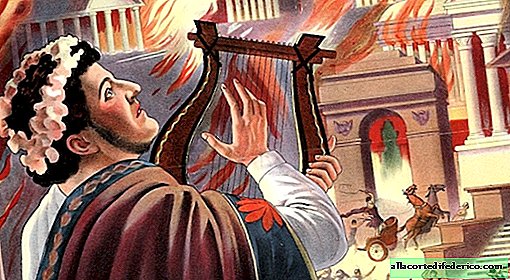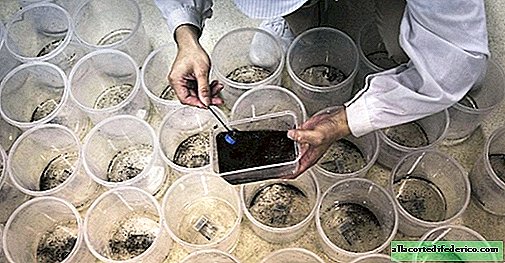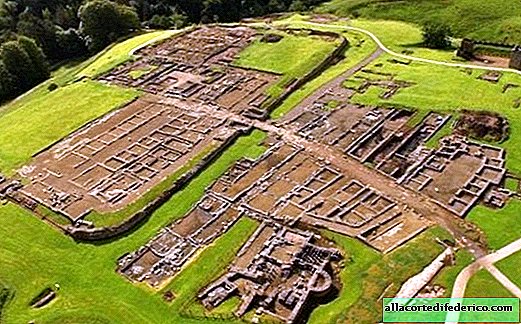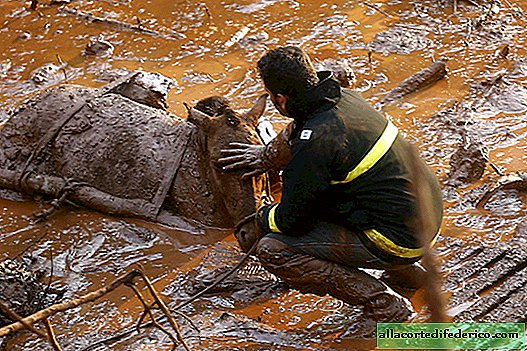10 popular facts about ancient Rome that are not true
Historical events are not always objectively reflected in chronicles and ancient chronicles. Often, the author’s personal perception, frequent mistakes when translating from one language to another, a desire to denigrate a particular state in the eyes of posterity, and also many other factors that ultimately lead to a distortion of reality are often added to the assessment and description of a fact. The ancient Romans lived so long ago that it is not surprising that the whole history of Ancient Rome overgrown with all kinds of legends and frank inventions. We have collected the most common myths about Ancient Rome and are ready to share them with you.
Nero did not set fire to Rome

The image of Emperor Nero is surrounded by many myths, but the most famous is the allegedly organized fire in Rome, which he subsequently admired. In fact, the emperor was not even in the capital at the time when warehouses and buildings broke out in one of the districts of Rome. Upon learning of the misfortune, he immediately left his business and returned to the capital to supervise the extinguishing, and after the fire was eliminated, according to the personal order of the emperor, fire victims were allocated food and temporarily placed in the palace.
Toga is not the everyday clothing of the Romans

On many canvases and pictures in textbooks, the ancient Romans appear before us in long white robes - toga. But in fact, not all the inhabitants of Ancient Rome wore togas, and those few who could afford it did not do this every day. The toga was a piece of woolen fabric, and wool in those days was valued quite expensively, therefore only the Romans from the upper layers of society could afford toga, and only men and boys were allowed to wear it.
In ancient Rome it was warm and comfortable

Again, numerous images of both medieval authors and contemporary artists paint before us the image of a hot Mediterranean country, where people walked in sandals all year round and did not know what cold is. In fact, such weather in Ancient Rome was observed only in the summer, but in the winter it was pretty cool there. Even today, when the climate is warmer than in ancient times, in Rome in winter the temperature is kept at only plus 5-10ºС, often dropping to 0ºС or lower. The fact that in ancient Rome it was not always hot is evidenced by the fact that in the homes of noble citizens of this state, underfloor heating was arranged, which heated the premises due to smoldering coals.
Caesar did not say before his death, "And you, Brutus?"

Alas, the struggle for power, intrigue and betrayal flourished in ancient Rome. But before his death, at the hands of the conspirators, the famous emperor Gaius Julius Caesar did not say this phrase. This is fiction, authored by William Shakespeare, in whose play "Julius Caesar" she is mentioned for the first time.
The public did not decide the fate of the gladiator

The theme of gladiatorial battles is invariably present in any feature film about Ancient Rome. But in fact, the Roman public was not so bloodthirsty, although she loved to visit all kinds of shows. As true Roman chronicles testify, the decision on the death or pardon of an affected fighter could only be made by the emperor personally.
Gladiators are not captured warriors

It is believed that most of the gladiators were prisoners whom the Roman army brought from their many campaigns and who fought to become free again. In fact, the share of foreign warriors in the arenas was very small. Most of the gladiators were free Romans, and this profession was considered prestigious and respected. Moreover, among the gladiators there were also women who were also allowed to fight in the arena.
The outcome of the gladiatorial battle

It is believed that most fights certainly ended in the death of the vanquished. In reality, everything was exactly the opposite. According to the chronicles of one of the Roman cities, only 10% of the battles that took place there ended tragically. Wounded soldiers were almost always pardoned and sent for treatment.
Ancient Rome kept on slaves and their merciless exploitation

Slaves in Ancient Rome were treated much better than in the colonial countries of the Middle Ages or in the United States since the existence of slavery. They were not shackled, could move freely, did not have any identification marks, and rather lived in the status of servants, performing the work assigned to them. In this state, there was even a special holiday during which slaves feasted at the table with their owners. And, of course, the slaves were not chained to the oars on the warships of the Romans. Only free citizens were hired as rowers, who also had to undergo special training.
Romans made white statues

Most of the sculptural masterpieces of ancient Rome that have come down to us are made of white marble. But not all statues, busts and sculptural compositions were conceived by their authors as snow-white creations. Traces of paint were found on some sculptures. This indicates that the Romans made their works in color, just over time the paint worn out.
Know spent time in endless feasts and orgies

Most likely, this myth was invented by Christian historians who sought to denigrate Roman society in view of ideological differences. In fact, the Romans, and even more so the representatives of the nobility, were very chaste and respected people. According to the numerous testimonies of contemporaries, they could not spend all day engaging in gluttony and indulge in love joys. Yes, dinner parties with an abundance of alcoholic drinks were arranged for holidays and important victories, but they were not an everyday attribute of Roman life.

















